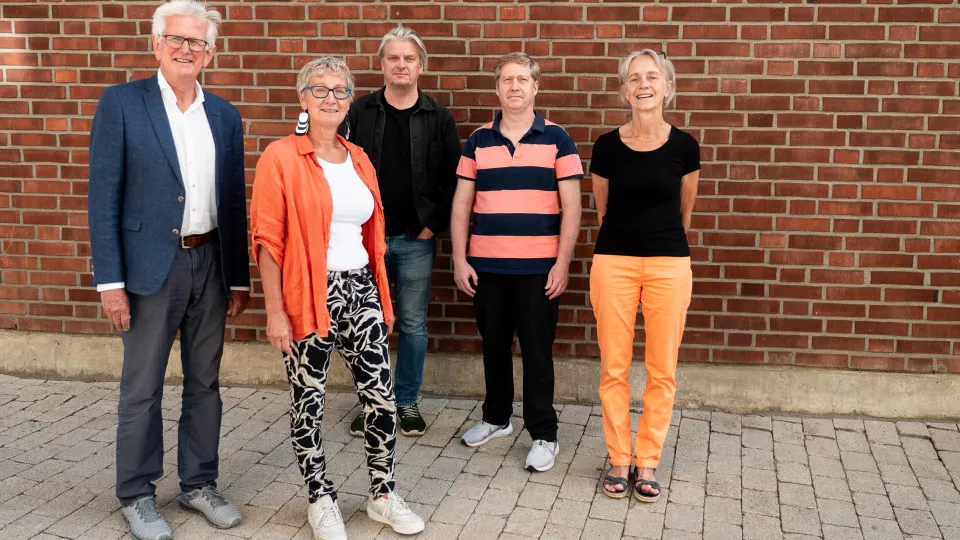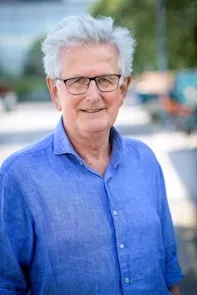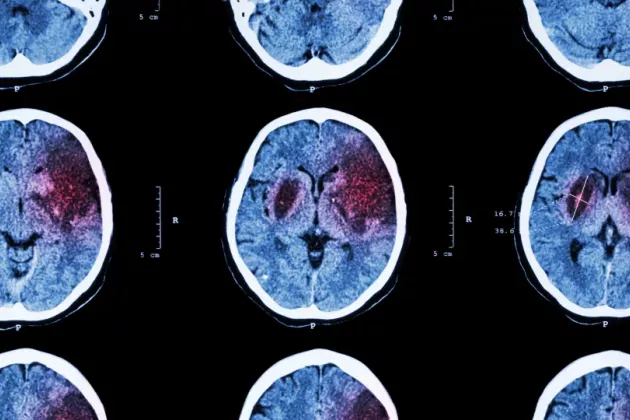Around 80% of people who suffer a stroke permanently lose some brain function. The golden standard for treating patients with stroke today is a clot-dissolving treatment. But this treatment may only be initiated in the acute phase (within 4.5 hours from stroke onset) whereas for a majority of stroke patients there is no pharmacological treatment that improves or restores lost functions. However, a recent study published in Brain by MultiPark researchers shows promising results in rodents treated with compounds blocking the metabotropic glutamate receptor (mGluR5). The treatment restored the connections between brain circuits and the rodents regained the lost sensory functions. Importantly, it is effective even if the treatment is initiated several days after the stroke. This opens up for helping patients who arrive too late to health care to receive the treatments available today, should the experimental data be translated into the clinic.
Read more about these discoveries here.
Professor Tadeusz Wieloch has led the research project. He thinks that if possible, moving basic scientific discoveries into a clinical treatment that may help patients is the obligation of researchers working at a medical faculty, even though the road is long. Here, he shares his innovation experience and tells about the support the MultiPark Innovation Office provide for starting that process.
In what way can your research project be translated into an innovation?
“Our findings can potentially lead to the development of a new stroke treatment, i.e. a drug with a mGluR5 negative allosteric modulator as the active substance. This treatment could be initiated several days after a stroke and administered for a couple of weeks in combination with rehabilitation training.”
You received early support from the MultiPark Innovation Office to bring the idea to market. What was that support like?
“After attending a conference in 2009 I got interested in targeting mGluR5 in the context of stroke recovery. We tried out the strategy in a pilot study in rats with promising results but lacked funding to do further studies sufficient to file a patent. Getting the funds from the MultiPark Innovation Office was crucial to take the earliest steps towards patenting our idea. This support made it possible for us to synthesize substances tested in humans for other brain diseases and to try them in rodent models for stroke. After this verification step, we received support from Vinnova and LU Innovation.”
What did the MultiPark Innovation Office require from you to support your innovation process?
“You need to have concrete data supporting your idea, for example, a mechanism you may target with a substance. And you have to specify in which context this could be innovative, for us it was in the context of stroke recovery. Then you will have a discussion with colleagues at the Multipark Innovation Office about whether or not your idea may be patentable with more experimental proofs of the concept. This is where they get involved, if your project is promising, to support you from the mechanistic insight to the verification of your idea, in the very early steps of preparing for patenting.”
What was the next step of moving the innovation towards a clinical treatment?
“Developing a new drug is extremely expensive – hundreds of million SEK – and cannot be accomplished within academia and the health care system alone. After patenting, the next step for our team was therefore to form an innovation company, Sinntaxis AB, together with LU Holding, the university's innovation company. We found it important to have the university on board because of the support (legal and financial) available for the next steps. Also, commercial partners look positively on the involvement of the university. The company is now planning for a proof-of-concept study in stroke patients.”
What has been the most challenging step?
“The formation of the company and the steps thereafter have been new ground to us. But forming a small company is recommended since it is often a requirement for receiving important governmental and EU support as well as private investments.”
What makes you do this?
“To me, research has primarily been curiosity-driven, but equally important has been the prospect of turning my findings into something that might benefit the stroke patient – to develop a game changer. Commercialization of the research is the only way of turning scientific discoveries of this type of research into something that matters and improves people’s lives. It has also been important to pay back to taxpayers; the formation of a company is a way of closing the cycle between the governmental research funding received and the results of my research, as patents and a company may generates tax revenue back to the government.”
Do you have any advice to MultiPark researchers who have an idea they believe in?
“If you come to the conclusion that your idea may have the potential to be commercialized, but do not have funding to cover the first step for the innovation's development, contact the MultiPark Innovation Office or LU innovation. The journey may take time – but Go for it!




